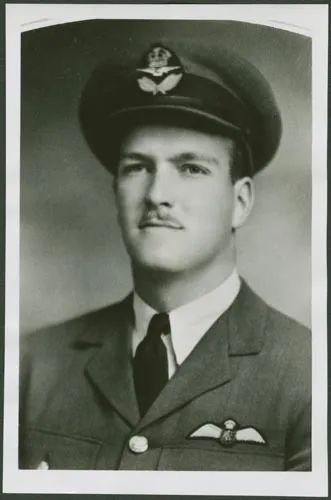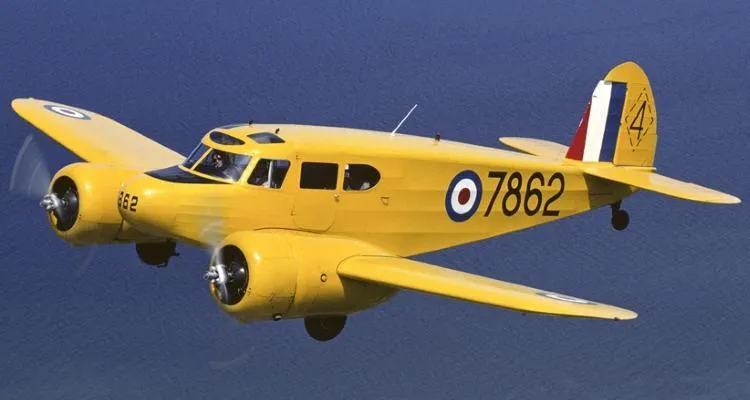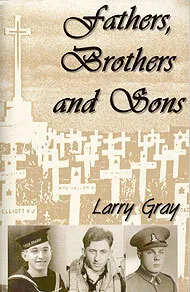Schofield, Thomas
Killed in Flying Accident 1944-02-17


Birth Date: 1916-September-15
Born:
Son of Arthur and Flora Isobel Schofield, of Montreal; husband of Jean A. Schofield, of Orillia, Ontario.
Home: Montreal, Quebec
Enlistment:
Enlistment Date: Unknown
Service
RCAF
Unit
1 CFS- Central Flying School
Base
RCAF Stn. Trenton, Ontario
Rank
Flight Lieutenant
Position
Flight Lieutenant
Service Numbers
J/4869
Home
 Montreal, Quebec
Montreal, Quebec
First Burial
 Mount Royal Cemetery, Montreal, Quebec
Mount Royal Cemetery, Montreal, Quebec
Crane 8842
Cessna Crane

Canadian Warplane Heritage Museum
The Cessna T-50 Crane was the RCAF version of the Cessna AT-17 Bobcat, a twin-engined advanced trainer designed and made in the USA during the Second World War. It served to bridge the gap between single-engined trainers and twin-engined combat aircraft.
First flown in 1939, the American-built Cessna Crane was developed as a five-seat, light transport civilian aircraft. It was originally intended to serve only a minor role within the BCATP (an initial 180 were ordered in 1940) until the Canadian-built Avro Ansons became available in greater numbers. This was the first large order that Cessna had received for one of its products. Eventually, more than 5,400 Cranes would be produced, of which 826 saw service with the RCAF. Cessna Cranes were used primarily to teach future bomber pilots, after they had received their initial training, to fly multi-engined aircraft at Service Flying Training Schools in western Canada.
Powered by 245-horsepower Jacobs R-755-9 radial engines, Cessna Cranes featured wooden wings and tail married to a fuselage constructed of welded steel tubing. Most of the aircraft was fabric-covered. It was cheap, reliable and relatively easy to fly, with a top speed of 315 kilometres (195 miles) per hour.
The Crane provided twin-engined complexity with economy of operation and went on to become one of the most important aircraft used by the BCATP. Cranes continued to serve with the RCAF until 1947, after which many were purchased by private individuals and companies.
Nicknamed the Bamboo Bomber because of its largely wood construction, the Crane had a reputation as a stable and reliable aircraft. Although not an ideal training aircraft because of its poor single-engined performance and load-carrying capability, it performed its duties satisfactorily and helped train several thousand bomber pilots.Bomber Command Museum of Canada
 Canadian Virtual War Memorial
Canadian Virtual War Memorial Commonwealth War Graves Commission
Commonwealth War Graves Commission www.findagrave.com
www.findagrave.com


 Cessna Crane Trainer
Cessna Crane Trainer Wikipedia Crane Trainer
Wikipedia Crane Trainer Harold A Skaarup Web Page
Harold A Skaarup Web Page